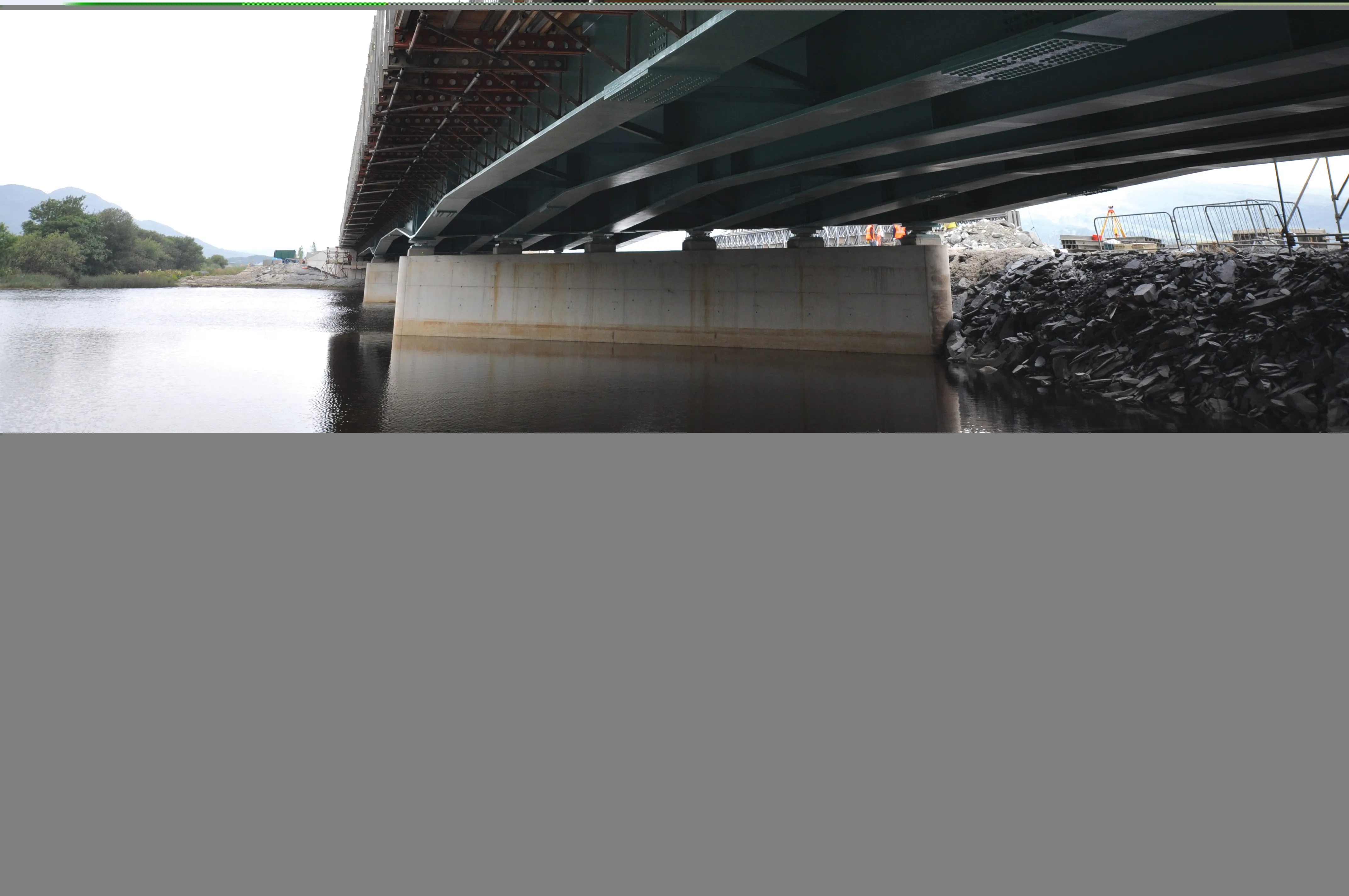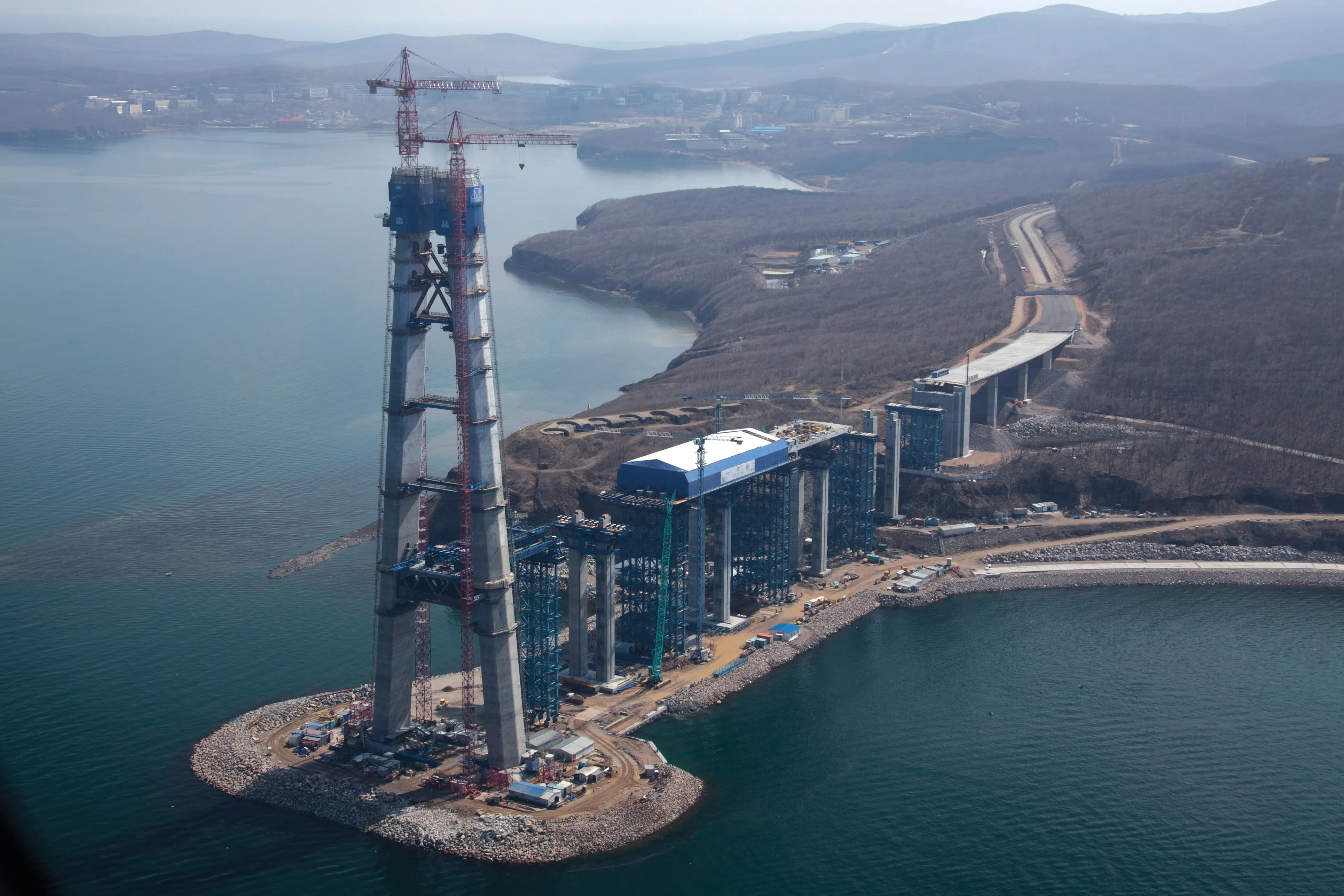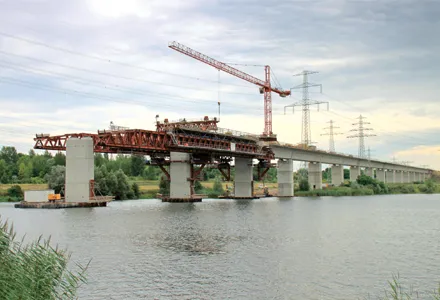Composite bridge specialist falsework, Paraslim, from RMD Kwikform is being used to construct a viaduct and rail over-bridge in Wales. Paraslim is supporting the £35 million (US$55.7 million) A487 Porthmadog, Minffordd and Tremadog Bypass constructed by a joint venture partnership of Balfour Beatty and Jones Bros Civil Engineering UK.
February 27, 2012
Read time: 3 mins

Composite bridge specialist falsework, Paraslim, from RMD Kwikform is being used to construct a viaduct and rail over-bridge in Wales.
Paraslim is supporting the £35 million (US$55.7 million) A487 Porthmadog, Minffordd and Tremadog Bypass constructed by a joint venture partnership ofThe 5.3km, two-lane bypass has eight bridge structures in total with 20 culverts. Two of the eight bridges are constructed using steel girders with a composite deck cast using Paraslim. A further three are constructed using precast beams and the remaining three are RC box and through girder structures.
With the variation of bridge construction methods and the tight programme to deliver the project in just 18 months, the selection of products to support the construction of the steel beam composite bridges was critical to stay ahead of programme.
JV structural sub-agent Steven Jones, said: “With a project of this nature you are always considering four key elements when it comes to product selection. The first and most important is the safety of workers and the use of safe equipment solutions. This is our number one focus, which supports our company-wide Zero Harm initiative. The second is cost effectiveness and quality, with the third being whether a product is truly fit for purpose. The final consideration is reliability and performance, in other words looking back at whether a product or solution has a track record of performing well on other similar projects.
“Having gone through this process and being familiar with the use of Paraslim on composite bridge work we have carried out in the past, we selected
The equipment also offered a safe access platform, complete with Ultraguard edge protection.
“For this particular job, this allows operatives to walk safely above water and, in the case of the second bridge, to work above a live tourist railway line, to clad the structure in local stone,” said Jones.
“From an operational perspective, the tight site in North Wales, which is relatively remote in terms of major infrastructure, leads to limited access for large-scale deliveries. Interfacing with the customer service team at RMD Kwikform allowed us to take advantage of its branch network and ability to time deliveries to site on a just-in-time basis.”
While the larger viaduct was cast, the smaller Welsh Highland Railway composite under-bridge was constructed using a Paraslim to span both Welsh Highland Heritage Railway and Welsh Highland Railway tracks, two very important and landmark tourist attractions for the region.
With the A487 due to be open soon, visitors to the region will be able to benefit from what is currently at peak times a very congested route.








